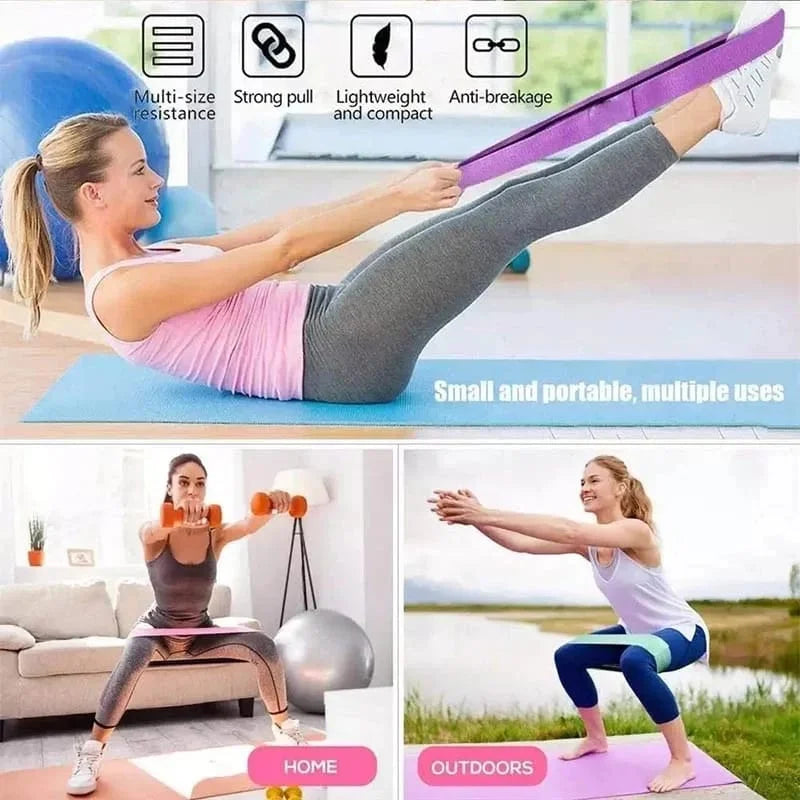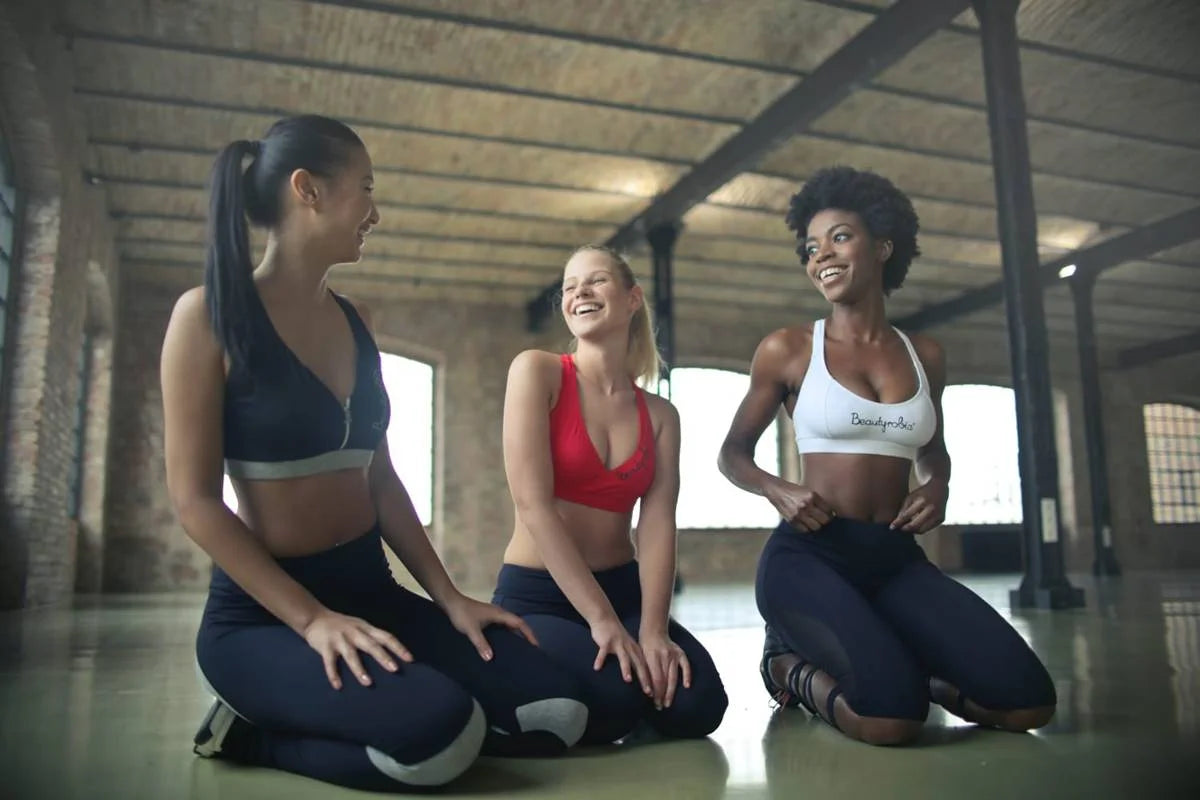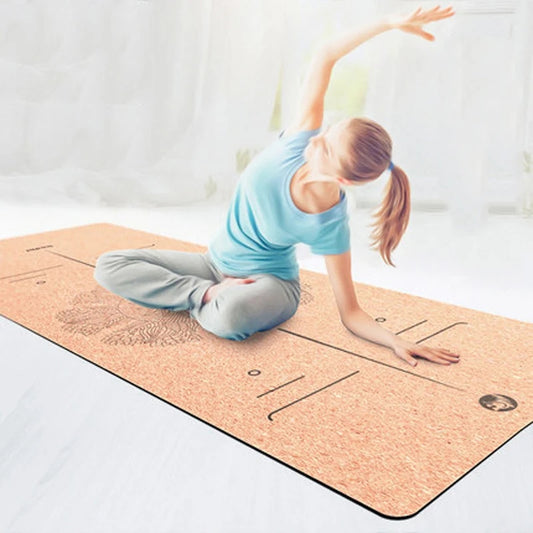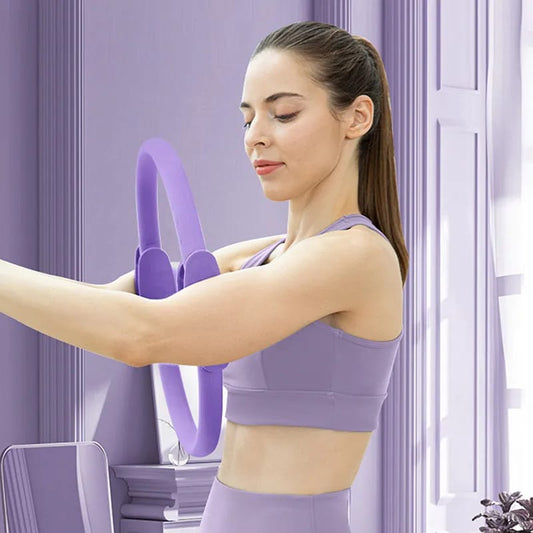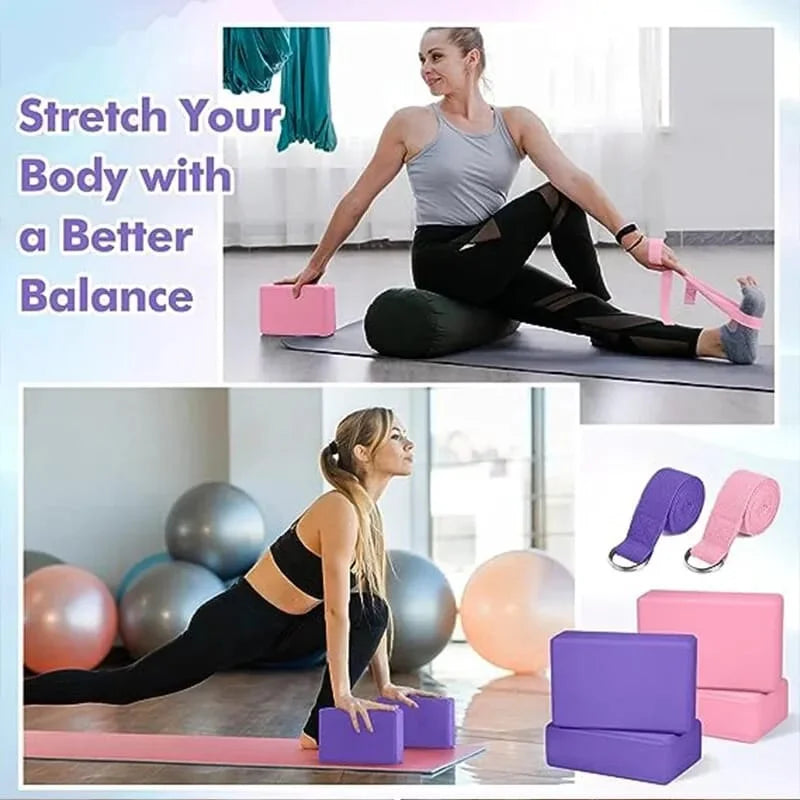Yoga and Pilates are both mind-body practices that focus on movement, breath, and alignment, but they have distinct origins, principles, and approaches. Here are some key differences between yoga and Pilates:
-
Origins:
- Yoga: Originated in ancient India thousands of years ago. Yoga encompasses a diverse range of practices, philosophies, and traditions aimed at achieving physical, mental, and spiritual well-being.
- Pilates: Created by Joseph Pilates in the early 20th century. Pilates was developed as a system of exercises to rehabilitate injured soldiers and later evolved into a comprehensive fitness method focusing on core strength, flexibility, and body awareness.
-
Philosophy and Focus:
- Yoga: Emphasizes union of mind, body, and spirit. Yoga practices incorporate elements of meditation, breathwork, mindfulness, and spirituality, in addition to physical movement.
- Pilates: Focuses primarily on physical conditioning, strength, flexibility, and body awareness. Pilates exercises are designed to improve core strength, posture, balance, and muscular endurance, with less emphasis on spiritual aspects.
-
Breath and Movement:
- Yoga: Uses conscious breathing techniques (pranayama) to deepen awareness, promote relaxation, and enhance the flow of energy (prana) throughout the body. Breath is coordinated with movement in many yoga practices.
- Pilates: Incorporates specific breathing patterns to facilitate movement, engage the core muscles, and promote stability and control. Pilates breathing emphasizes lateral thoracic expansion and abdominal engagement.
-
Equipment:
- Yoga: Generally requires minimal equipment, often using only a yoga mat. Some yoga practices may incorporate props such as blocks, straps, bolsters, and blankets to support alignment and enhance accessibility.
- Pilates: Utilizes specialized equipment such as reformers, cadillacs, chairs, and barrels, in addition to mat-based exercises. Pilates equipment provides resistance, support, and feedback to facilitate movement and promote proper alignment.
-
Movement Patterns:
- Yoga: Incorporates a wide variety of movement patterns, including flowing sequences (vinyasa), static holds (asanas), balancing poses, twists, backbends, and inversions. Yoga practices emphasize flexibility, balance, and range of motion.
- Pilates: Focuses on controlled, precise movements performed with proper alignment and breath control. Pilates exercises often target core muscles (abdominals, back, hips) as well as peripheral muscle groups, aiming to improve strength, stability, and functional movement patterns.
While yoga and Pilates share some similarities in their holistic approach to health and well-being, each practice offers unique benefits and appeals to different individuals based on their preferences, goals, and physical condition. Some practitioners may enjoy incorporating elements of both yoga and Pilates into their fitness routine to achieve a balanced and comprehensive approach to movement and mindfulness.



